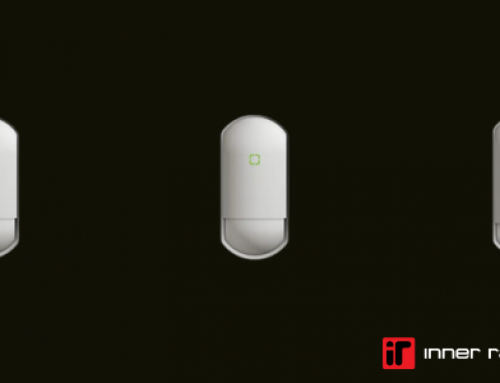Only a few years ago the nicotine cigarette was public enemy number one. It was officially banned from public places – pubs, restaurants, workplaces – in 2007. Overnight smokers became pariahs, sneaking off to designated smoking zones. Fast-forward to 2024 and we’ve got a brand-new target; vaping. While touted as a good way to stop smoking, there is little research on the long-term health implications. There are also sustainability concerns with sales of single-use vapes reaching record highs – 7.7 million were sold every week in 2023 in the UK.
The rise of vaping is also having an impact on security systems. There are places, including schools, colleges, hospitals and workplaces, where vaping is expressly not allowed. And making sure students, patients, visitors, etc., follow the rules is creating new challenges for security and facility managers.
A new market – a new problem
Just consider the facts: according to a government report, 12% of adults in the UK are vaping. One quarter (25%) of vapers fall into the 18-24 year old category. Those are the official figures, but they don’t take into account children under the age of 18 and their vaping behaviour. Here is where it gets interesting; according to Ash, a campaigning public health charity, the number of children who are trying out vaping is increasing exponentially year-on-year which equates to about 7.6% of 11-17 year olds vaping on a regular basis.
Looking specifically at schools, vaping is a major issue. A survey conducted by teachers’ union NASUWT states that the majority of teachers (85%) say vaping on school grounds is a problem. While schools and colleges can develop their own policies on managing, prevention and response to vaping, how can these institutions identify the behaviour?
In much the same way as cigarette smoke sets off smoke detectors, integrated vape detectors can detect vape emissions across a host of applications.
Integrated systems offer solution
Educational institutions, especially colleges and universities, use security systems to maintain the safety of campuses, from CCTV and access control, to visitor management and intruder detection – and integrating vape detectors into the ecosystem is a natural solution, one employed by schools, hospitals, care homes, hotels and workplaces.
Integriti, the cutting-edge system management suite from Inner Range, for example, gives security systems added versatility thanks to the number of integrations developed. To date, the development team at Inner Range has created more than 130 integrations to third-party products and technology partners, including vape detectors.
The vape detectors can be installed anywhere – bathrooms, hallways, stairwells, to discourage vaping indoors. The devices are easy to install, accurate, with low false positives. When vaping is detected alerts are sent to multiple people – for example teachers, security guards, depending on location – and enable institutions to act quickly. The detectors can also easily be synched with security cameras to monitor areas around alerts and ensure instances are addressed speedily.
More to security solutions
As the needs of different markets change and customer requirements evolve due to new challenges – as in the case of the rise of vaping – organisations with end-to-end security systems can face these issues head on. This is especially true when working with a partner like Inner Range with a platform such as Integriti that was built with integrations in mind.






